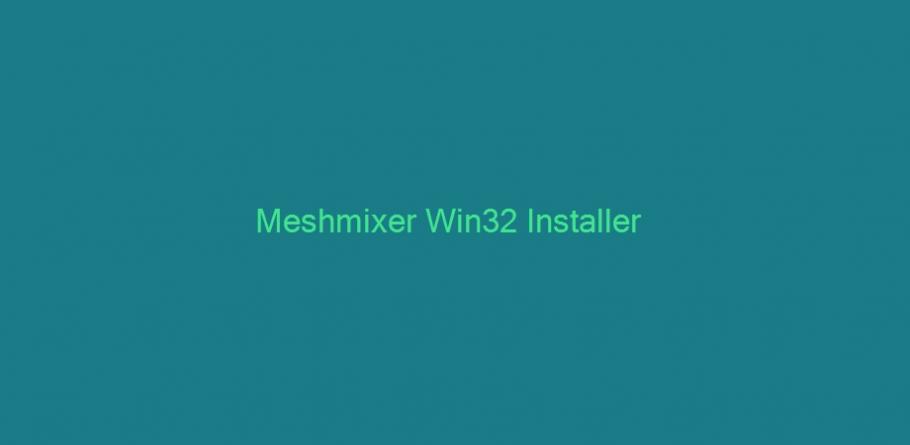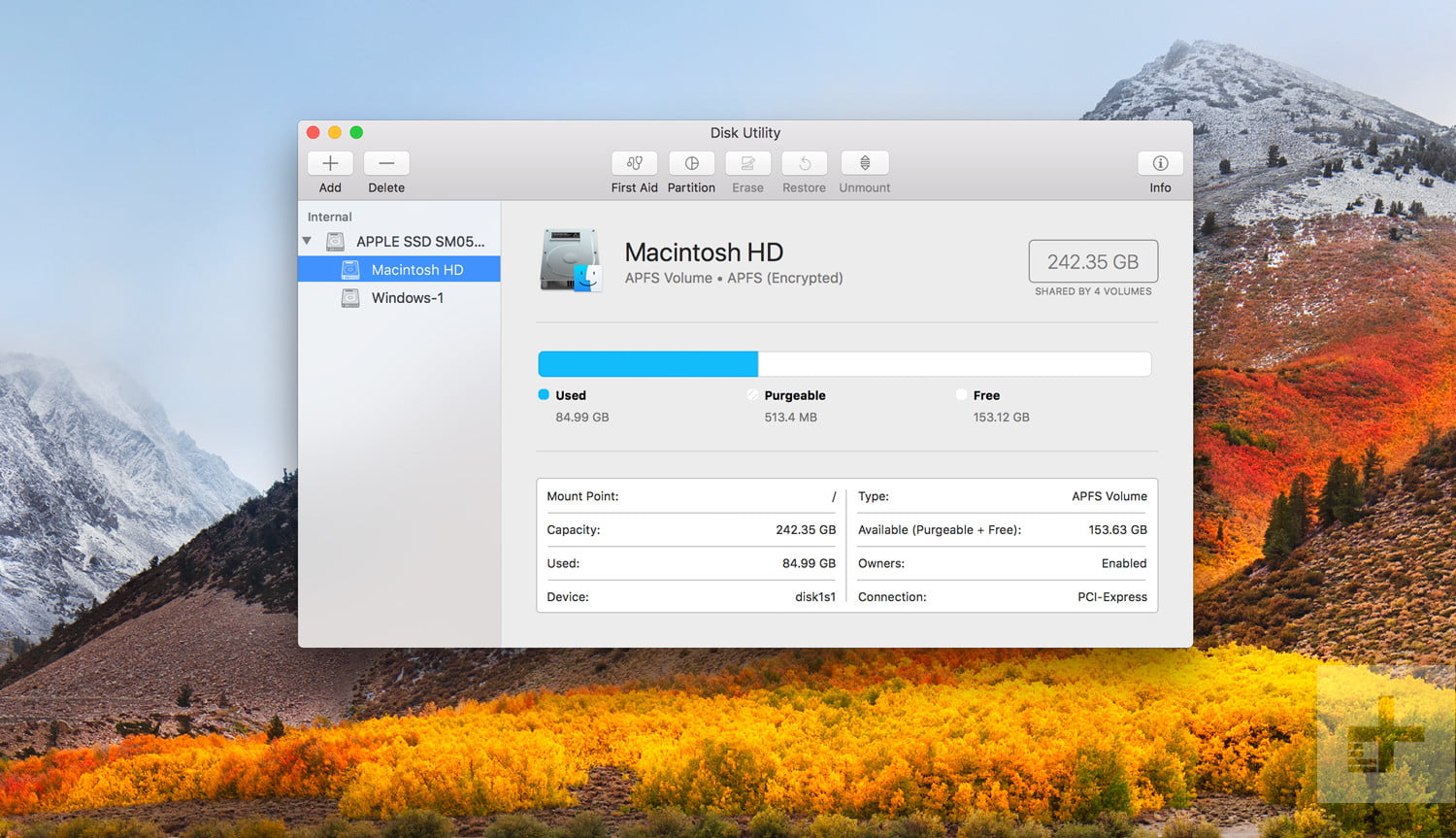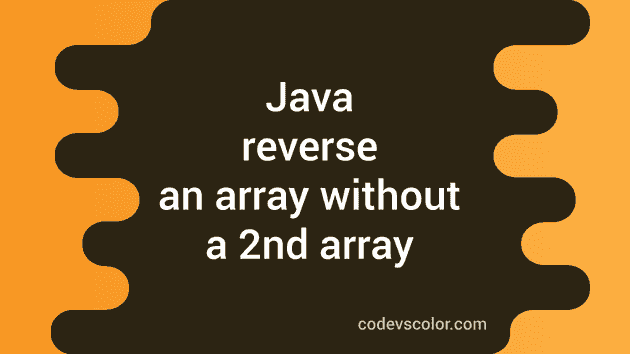Nov 23, 2017 Download Legacy JVM Version 1.8 for MAC High Sierra. Ask Question Asked 3 years, 8 months ago. Can't download java JDK for Mac from my country.
- Jdk 8 High Sierra Version
- Jdk 8 High Sierra Key
- Jdk 8 High Sierra Free
- Download Jdk 8 For Macos High Sierra
- Aug 21, 2018 how to get JDK 7 for Mac OS High Sierra. Ask Question Asked 2 years, 11 months ago. I need to install specifically JDK 7. I already have JDK 8 up and running.
- If you still have problem with installing Java Development Kit in your Mac OS, then you can contact our Tech Support team. Download Jdk 8 For Mac High Sierra Now install and run your downloaded SysTools software which helps in protecting user's personal & business data effortlessly.
- New user and just want to work with Base. Mac High Sierra 10.13.6. Have installed JDK from Oracle as a 'standard' installation. In terminal: Java -version says: Java 10.0.2 2018-07-17 and Runtime Environment 18.3 (build 10.0.2+13).
Jdk 8 High Sierra Version
This topic includes the following sections:
System Requirements for Installing the JDK on macOS
The following are the system requirements for installing the JDK on macOS:
Any Intel-based computer running macOS.
Administrator privileges.
You cannot install Java for a single user. Installing the JDK on macOS is performed on a systemwide basis for all users. Administrator privileges are required to install the JDK on macOS.

Determining the Default JDK Version on macOS
Jdk 8 High Sierra Key
When starting a Java application through the command line, the system uses the default JDK.
You can determine which version of the JDK is the default by entering java -version in a Terminal window. If the installed version is 12 Interim 0, Update 0, and Patch 0, then you see a string that includes the text 12. For example:
To run a different version of Java, either specify the full path, or use the java_home tool. For example:
$ /usr/libexec/java_home -v 12 --exec javac -version
Installing the JDK on macOS
- Download the JDK
.dmgfile,jdk-12.interim.update.patch-macosx-x64.dmg.Before the file can be downloaded, you must accept the license agreement.
- From either the browser Downloads window or from the file browser, double-click the
.dmgfile to start it.A Finder window appears that contains an icon of an open box and the name of the.pkgfile. - Double-click the
JDK 12.pkgicon to start the installation application.The installation application displays the Introduction window. - Click Continue.
- Click Install. A window appears that displays the message: Installer is trying to install new software. Enter your password to allow this.
- Enter the Administrator user name and password and click Install Software.The software is installed and a confirmation window is displayed.
.dmg file if you want to save disk space. Uninstalling the JDK on macOS
You must have Administrator privileges.Note:
Do not attempt to uninstall Java by removing the Java tools from /usr/bin. This directory is part of the system software and any changes will be reset by Apple the next time that you perform an update of the OS.
- Go to
/Library/Java/JavaVirtualMachines. - Remove the directory whose name matches the following format by executing the
rmcommand as a root user or by using thesudotool:/Library/Java/JavaVirtualMachines/jdk-interim.update.patch.jdkFor example, to uninstall 12 Interim 0 Update 0 Patch 0:
$ rm -rf jdk-12.jdk
Installation FAQ on macOS Platform
Jdk 8 High Sierra Free
This topic provides answers for the following frequently asked questions about installing JDK on macOS computers.
1. How do I find out which version of Java is the system default?
When you run a Java application from the command line, it uses the default JDK. If you do not develop Java applications, then you do not need to worry about this. See Determining the Default JDK Version on macOS.
2. How do I uninstall Java?
See Uninstalling the JDK on macOS.

3. After installing Java for macOS 2012-006, can I continue to use Apple's Java 6 alongside the macOS JDK for Java 12?
If you want to continue to develop with Java 6 using command-line, then you can modify the startup script for your favorite command environment. For bash, use this:
$ export JAVA_HOME=`/usr/libexec/java_home -v 12`
Some applications use /usr/bin/java to call Java. After installing Java for macOS 2012-006, /usr/bin/java will find the newest JDK installed, and will use that for all of the Java-related command-line tools in /usr/bin. You may need to modify those applications to find Java 6, or contact the developer for a newer version of the application.
4. Can I restore Apple Java after uninstalling Oracle Java?
Go back to Apple Java using the following instructions:
Uninstall Oracle Java by deleting the plug-in file. From a command-line, enter:
$ sudo rm -rf '/Library/Internet Plug-Ins/JavaAppletPlugin.plugin'Create a symlink using the following command, entered on a single line:
$ sudo ln -s /System/Library/Java/Support/CoreDeploy.bundle/Contents/JavaAppletPlugin.plugin '/Library/Internet Plug-Ins/JavaAppletPlugin.plugin'
5. What happened to the Java Preferences app in Application Utilities?
The Java Preferences app was part of the Apple Java installation and is not used by Oracle Java. Therefore, macOS releases from Apple that do not include Apple Java will not include Java Preferences.
Question or issue on macOS:

I need to install the Java Cryptography Extension for Java 8 in OS X / mac OS. It turns out the steps from the README file which came with the installer include instructions only for Unix and Windows, but not for OS X / mac OS. I tried to put the JAR files in $JAVA_HOME/lib/security, but it didn’t work either. Do you know how can I install them?
How to solve this problem?
Solution no. 1:
Java 8 Update 161
As pointed out in another answer and in Oracle’s release notes for Java 8 Update 161, unlimited cryptography is enabled by default since Update 161 and you shouldn’t have to do anything if using a fresh installation of this version or higher.
Java 8 Update 151
With Java 8 Update 151, Oracle included the same JCE mechanism into Java 8 that they already provided with Java 9. To enable JCE in Java 8 Update 151 or higher, just set the property
in $JAVA_HOME/jre/lib/security/java.security.
It’s probably a good idea to remove the old policy JAR’s if they were added earlier, as Oracle states in the release notes:
Because the old JCE jurisdiction files are left in
/lib/security, they may not meet the latest security JAR
signing standards, which were refreshed in 6u131, 7u121, 8u111, and
later updates.
Older Versions
Answers suggesting to install the JCE files via Homebrew won’t work anymore, as the casks were deleted from the Homebrew repository after release of the Java 8 Update 151. If using an older version of Java 8, you’ll have to put the JCE-Policy-JAR manually as described in another answer.
Solution no. 2:
Note: As of Java JDK version 8u161 unlimited cryptography is enabled by default
Download Jdk 8 For Macos High Sierra
FOR MacOS user
If you are MacOS user, put the jars extracted from jce_policy-8.zip if your java version is 8.* use below path (to put jars under it)
Solution no. 3:
As of Java 8u152, unlimited strength can be enabled simply by setting crypto.policy=unlimited in the java.security file in
It’s already in that file but commented out.
See http://www.oracle.com/technetwork/java/javase/8u152-relnotes-3850503.html#JDK-8157561
Solution no. 4:
For a Mac user (OS X) on Java 8:
$ brew reinstall java8
As of JDK 1.8u151 it is not necessary to download the JCE libraries separately. Simply edit
$JDK_HOME/jre/lib/security/java.security
and uncomment the line:
crypto.policy=unlimited
This will enable the unlimited strength JCE.
Solution no. 5:
As of Java JDK version 8u161 unlimited cryptography is enabled by default and the other suggested methods should no longer be necessary (unless you want to disable it).
This change also appears to be included in other major JDK versions from JDK 6 to JDK 9.
Solution no. 6:
As you did not explain what is your problem here some guesses.
- Using an internet search engine you probably would have found this page http://www.oracle.com/technetwork/java/javase/downloads/jce8-download-2133166.html
- you might have downloaded this file
jce_policy-8.zip - maybe you would have unzipped it and had a look into directory
UnlimitedJCEPolicyJDK8/ - maybe the file
README.txtwould have attracted your interest
If all of those steps would have been true, then you would have found

You can assume that the location on OSX is the same as for the listed systems.
Solution no. 7:
For later versions of macOS (e.g., Sierra), Oracle Java is installed in two locations depending on if you install the JRE or JDK.
- JRE:
/Library/Internet Plug-Ins/JavaAppletPlugin.plugin/Contents/Home/ - JDK:
/Library/Java/JavaVirtualMachines/jdk1.x.x_xxx.jdk/Contents/Home/- If you install the JDK, it will also install the JRE at the JRE location listed above.
The JRE allows you to double-click to open jars from the Finder and run Java in the browser. The JRE does not come with the java binary, so if you want to run any of the typical Java commands, you must install the JDK. More at https://java.com/en/download/faq/yosemite_java.xml.
All this to say, when installing then unlimited strength JCE files, install them in both directories listed above to get consistent behavior.
Solution no. 8:
if you’re a windows user:
download the most updated JCE on http://www.oracle.com/technetwork/java/javase/downloads/jce8-download-2133166.html
extract zip file and copy the two jar files in the following directory
Program FilesJavajre1.8.0_131libsecurity